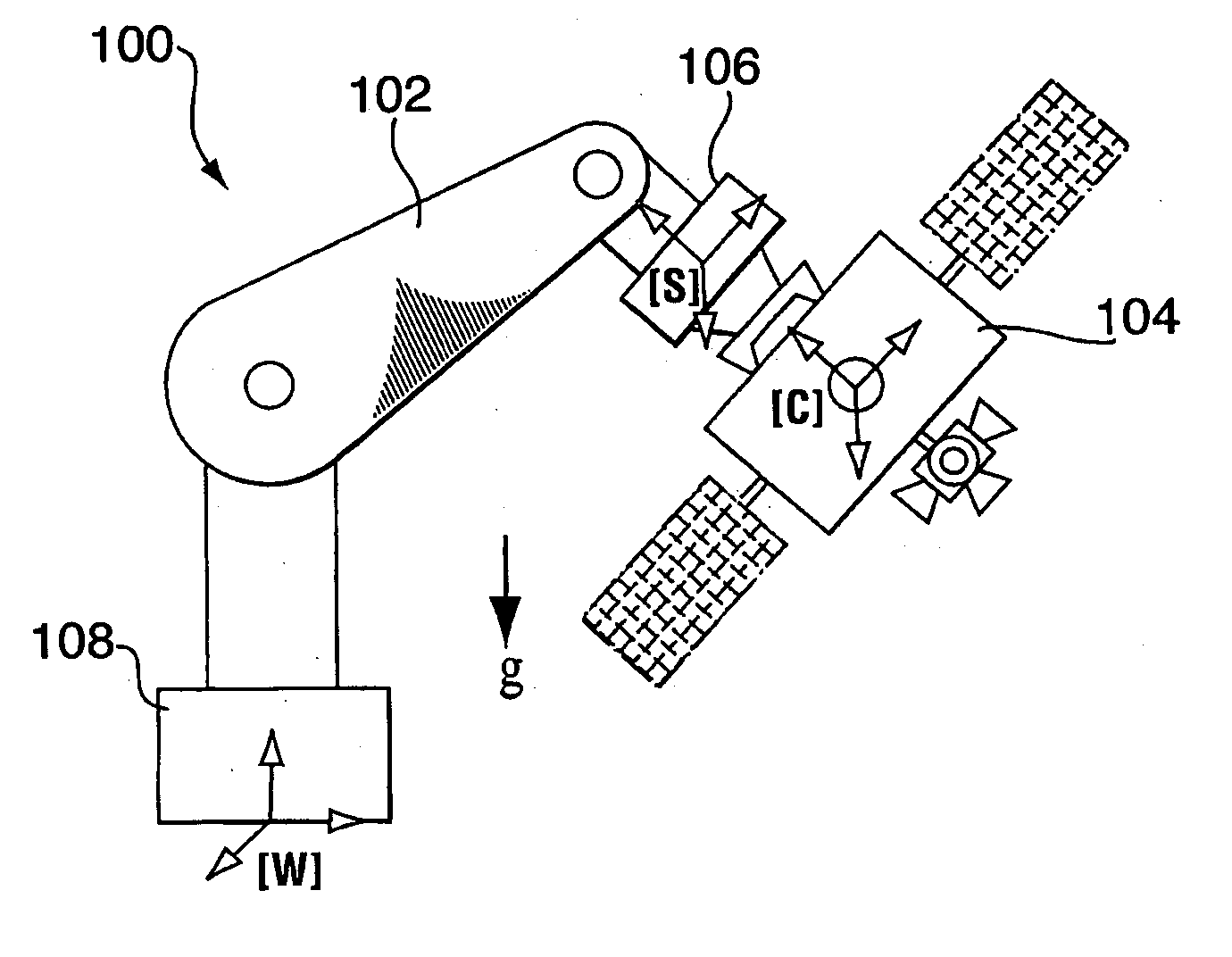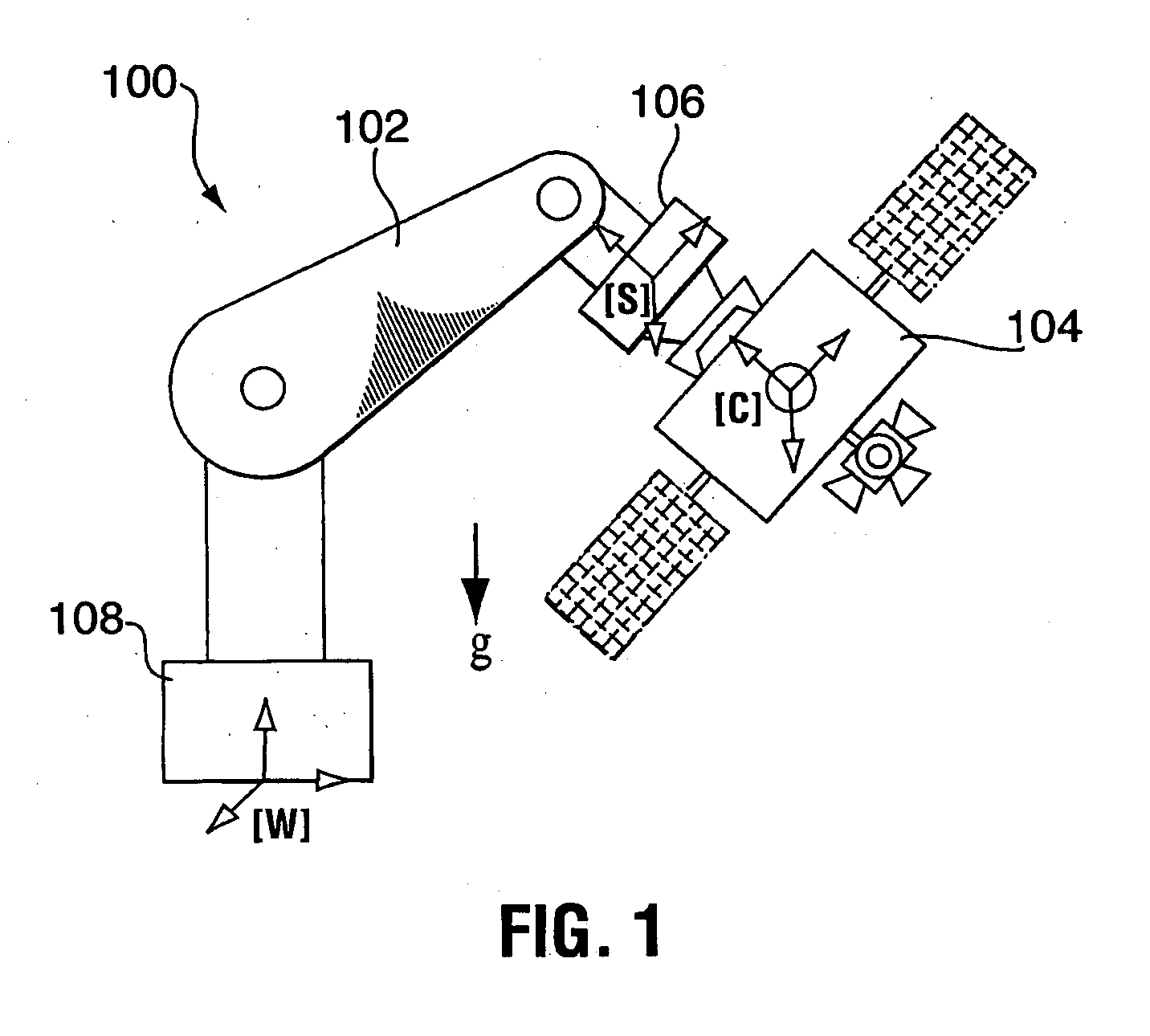Zero-G emulating testbed for spacecraft control system
a control system and zero gravity technology, applied in the field of zero gravity (0g) emulation of spacecraft, can solve the problems of complex dynamics characteristics of sensors and actuators, inability to fully investigate and measure the functional capability of spacecraft attitude/translation control systems with real physical units on the ground, and the dependence on various subsystem components, e.g., sensors, actuators, electronics, etc., to achieve the effect of reducing the complexity of the control system and reducing the complexity of the a control system and spacecraft control system and a spacecraft control system and a technology of the control system and a spacecraft control system a technology of the control system and zero gravity emulating testbed technology, applied in the field of a spacecraft emulating the field of a spacecraft, which is applied in the field of zero gravity and emulating the field of the control system emulating the field of the a a technology applied in the field of a spacecraft control system, which is applied in the field of a spacecra
- Summary
- Abstract
- Description
- Claims
- Application Information
AI Technical Summary
Benefits of technology
Problems solved by technology
Method used
Image
Examples
Embodiment Construction
[0031] Generally, the present invention provides an emulation system having a control system that allows the testing of a satellite control system with all of its hardware in place, i.e. fully integrated. The emulation methodology is applicable to the case of either a rigid spacecraft or a flexible spacecraft, provided that the spacecraft's sensors and actuators are stowed to the rigid part of spacecraft in the case of a flexible spacecraft. Practically, the latter condition is not restrictive, as the actuators and sensors are usually placed rigidly in the satellite bus, while the satellite solar panels constitute the flexible elements. The control system is used to tune the mass properties and dynamic behavior of a rigid ground-spacecraft in a 1-G environment to those of a flight-spacecraft in 0-G. A six-axis force / moment sensor is placed at an interface of the ground-spacecraft and a manipulator. Signals received from the force / moment sensor, and in some cases signals relating to ...
PUM
 Login to View More
Login to View More Abstract
Description
Claims
Application Information
 Login to View More
Login to View More - R&D
- Intellectual Property
- Life Sciences
- Materials
- Tech Scout
- Unparalleled Data Quality
- Higher Quality Content
- 60% Fewer Hallucinations
Browse by: Latest US Patents, China's latest patents, Technical Efficacy Thesaurus, Application Domain, Technology Topic, Popular Technical Reports.
© 2025 PatSnap. All rights reserved.Legal|Privacy policy|Modern Slavery Act Transparency Statement|Sitemap|About US| Contact US: help@patsnap.com



